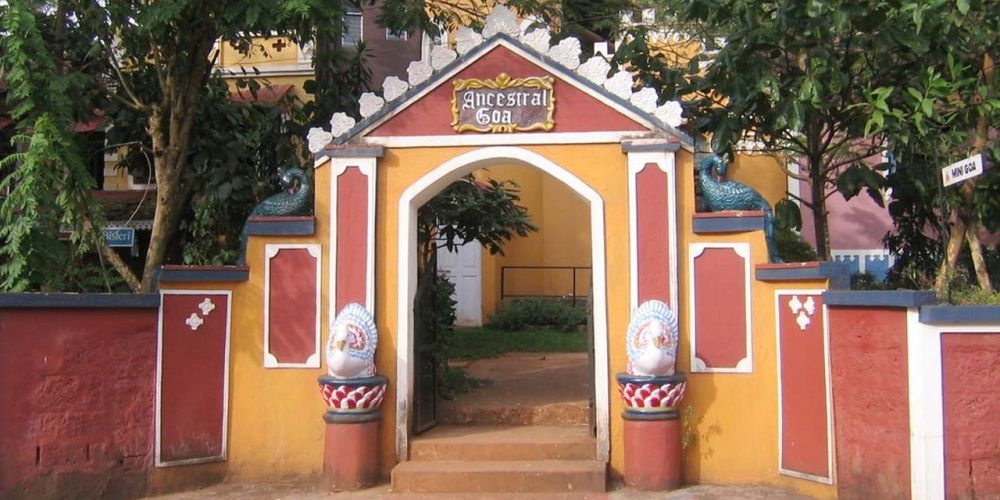

The Ancestral Goa museum, also known as the Big Foot Museum for its large footprint imprint, is an open-air eco-tourism development located in the small village of Loutolim in South Goa, India. The site offers a glimpse into Goa’s past, showcasing the traditional Goan rural life from centuries ago. It has been a significant part of South Goa's tourism landscape since its inception.
The museum was created by artist Maendra Jocelino Araujo Alvares in 1995 with the objective of preserving the art, culture, and environment of rural Goa for future generations. It started with a modest collection but gradually grew to span an area of about 9 acres, becoming a prominent tourist attraction. The museum complex is designed to replicate a Goan village of old, providing an immersive historical experience.
Visitors to the Ancestral Goa museum can explore various traditional structures including a 'Casa Araujo', a 250-year-old Portuguese mansion, and various artifacts that trace back the history and culture of the state. There's also an art gallery, showcasing traditional Goan handicrafts and local artists' work, and a Sant Mirabai sculpture, claimed to be India’s longest laterite sculpture.
One of the museum's main attractions is the "Legend of the Big Foot" - a large foot imprint on a rock which is surrounded by local lore and believed to be a symbol of good luck. Tourists often place their hands on the imprint hoping for fortune to bless them.
The location has played a vital role in reshaping the tourism scene in South Goa by bringing in visitors interested in culture and history, not just the beaches and nightlife that Goa is commonly known for. It is also a source of pride for the locals giving them a platform to display their traditions and craftsmanship.
Tourists typically take a guided tour that leads them through various thematic sections, each detailing aspects of historical Goan village life, such as farming practices, feni distillation, and the local Goan music and dance. Traditional Goan cuisine is also available to visitors at the on-site restaurant.
Ancestral Goa places a strong emphasis on education and conservation. It has become a platform for educating tourists and locals, especially the younger generation, about the importance of preserving Goan culture and the environment. The site also conducts workshops and cultural events periodically to engage with visitors in a meaningful way.
In recent years, Ancestral Goa has been part of the growing trend of responsible and sustainable tourism. Visitors are increasingly interested in experiences that allow for cultural immersion and learning, seeking to connect with the destinations on a deeper level. This trend aligns with the mission of the museum to celebrate and conserve the cultural heritage of Goa.
The future of the Ancestral Goa museum seems focused on continuing to celebrate Goan heritage while adapting to modern trends in tourism. This entails incorporating technology and new forms of engagement, such as virtual tours and interactive exhibits, while ensuring the conservation of the environment and the local culture which are at the heart of its mission.